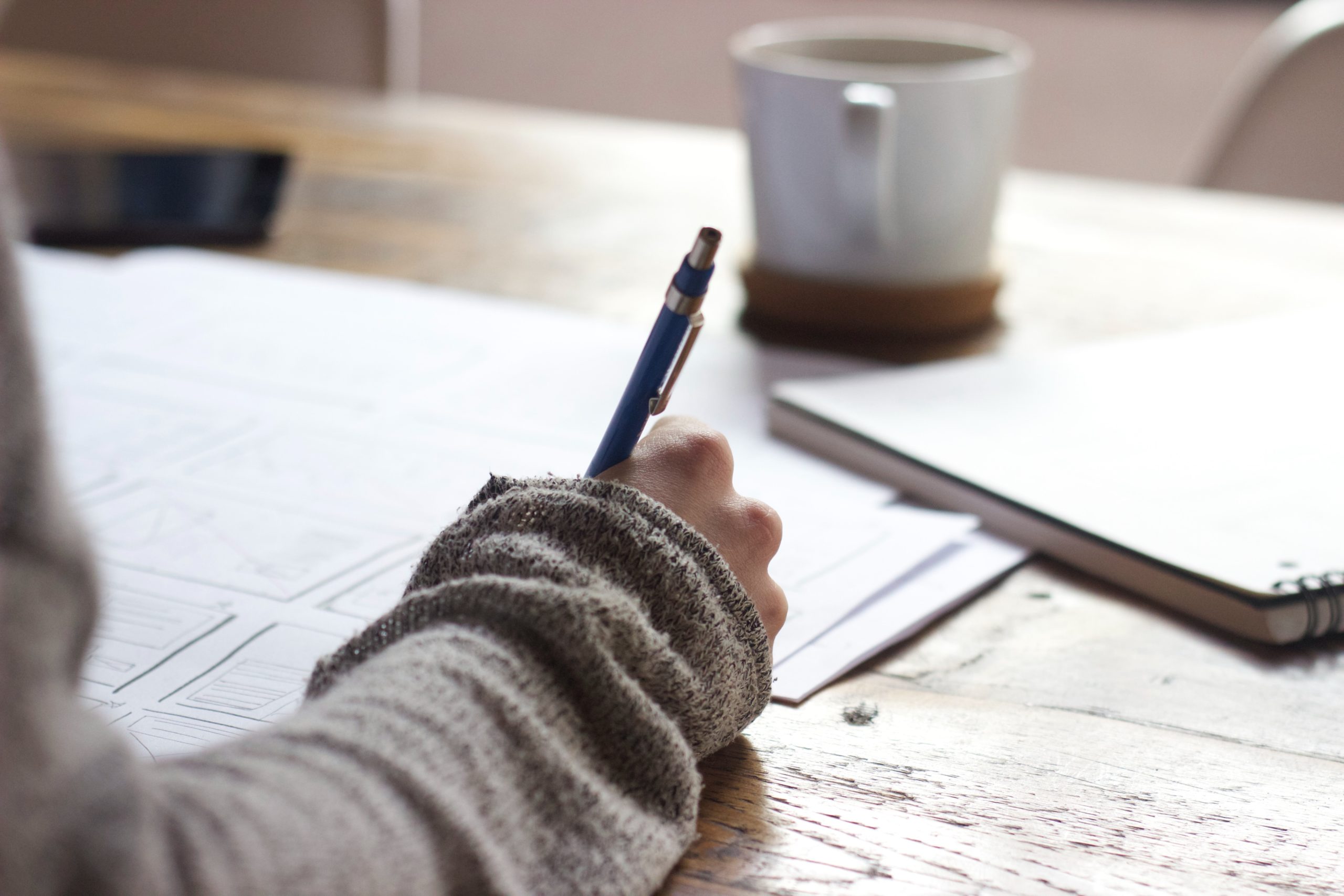How to apply a MFA to your own event?
A step by step guide to do a material flow analysis
The Paris pilot mainly focuses on the wood, its usages and tracking, in the wood field, essentially in the event industry. As you have already noticed, MFAs are at the core of the circular economy and as such, of the REFLOW Project. In Paris, as previously presented in this blog post, MFAs became a key tool for our team. This time, we are to lead you step by step to follow the method of an MFA, from our experience of one of our event during which we put it into practice : the Fab City Camp, which happened last October. Manon, our project leader, took the lead in this initiative. Below you will find the method, results and insights from it.
Context
This event was a one day festival dedicated to urban resilience, creativity and circular economy. The aim, for us, was to reveal most of our current projects and their progress to our network.
In a nutshell : there were 3 public conferences, 3 workshops and 3 exhibitions and demos. It started at 10.00 am and ended up at 21.30, and included a drinks and degustations as a closing. We had the pleasure to welcome around 200 attendees.
How we proceed ?
Manon’s role was to track as much material flows as possible and as a result, to depict an overview about our environmental impact. She designed her own method, here is how she proceeded.
First she shaped a scope by deciding which type of material this study will take in consideration and how far in details she would have to go. Manon decided to focus on materials used for the setup (staging, exhibitions, furnitures, tableware, prints…). She decided to exclude food, water and electricity consumption.
After that Manon reached each partner present at the event and provided them a document where they had to draw up an exhaustive list of matters and objects they plan to use for their project. This list (see below) includes several material characteristics such as the size, weight and amount of units but also the source and the final destination. The key challenge is that datas are not always available and can be difficult to retrieve, for instance the weight. Thus, estimation must be made, often by doing internet researches, based on the average weight of equivalent products.

Once the information was collected, Manon did a sorting based on all the objects and materials listed and split them into categories : furniture, scenography, electronic, dishes, and demo.
Finally Manon imported this data set into Power Bi, a software. As a visualisation model she went for a Sankey Diagram, the most common visualisation model for MFAs.
Results

According to Manon’s study, our event has generated 8539kg of matter, with only 75kg losses, which is quite impressive ! This is clearly a good result, as less than 99% of the materials has been valorised.
Few things that both explain and moderate this success… The very good handling of waste matters is mainly explained by the fact that we have been involved for a long time in Circular Economy. As such, great care is taken in minimising the waste for our events. Also, the result would have been different if we would have decided to include water, electrcity and food consumption. Plus, Volumes Lab and the Foodlab, which host this event, are already well equipped, and they generously shared most of their physical resources.
We have also observed some elements that we can improve for our next events, such as using returnable glasses (rather than disposable cups…) or using cyma instead of tape or sticky paste to hang posters or frames.
If you plan to do the same…
Few basic advice and recommendations.
- Involve all the stakeholders in this process. It will push them to pay attention to their resources. But you have to make it easy for them! Try to make this material list as easy to use as possible, and provide simple and clear instructions.
- Before ordering or buying anything for your event : scan the available resources and opportunities. Use what’s already here, you can even involve your partners’ ressources
- Regarding the method : use what you have or what you are familiar with. If it’s just a pen, a notebook and a spreadsheet it’s fine. About the data collection : don’t try to be too specific or detailed, especially if it is your first try. For instance, don’t try to track every type of resource, just focus on one or two types of material. You will fine tune your methods with time, step by step.
- We used the software Power Bi, which belongs to Microsoft, for the data set and visualisation, but there many other alternatives, such as Sankey MATIC or some Google libraries .
Are you interested in realizing your own MFA, in a humble way ? Feel free to reach us for more information!
